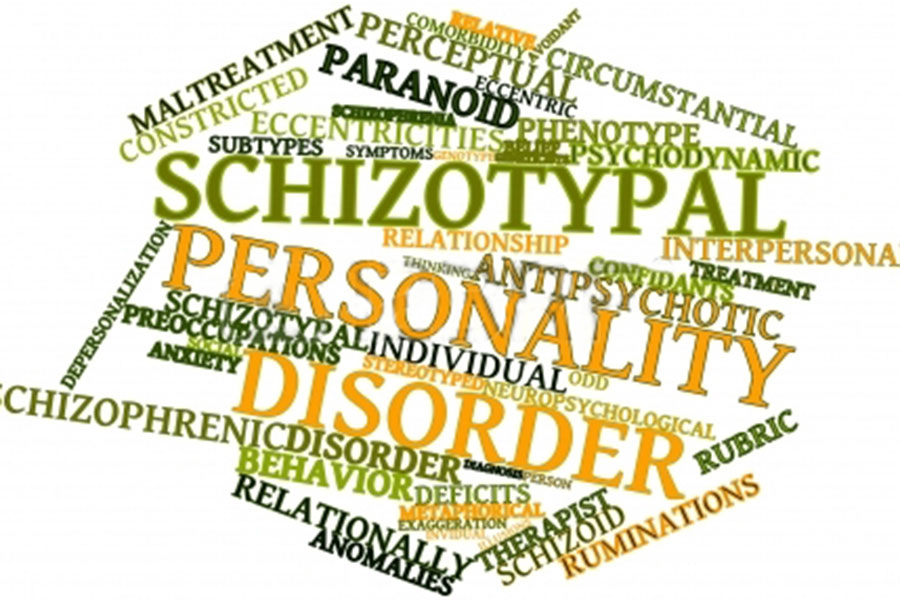The American Psychiatric Association (2013) defines a personality disorder as an enduring pattern of inner experience and behavior that deviates markedly from the expectations of an individual’s culture. The personality traits are pervasive and inflexible. These individuals have difficulty with adaptation and relationships. Personality disorders usually appear in adolescence or early adulthood. They are stable over time. An individual can learn to use more adaptive coping skills but the basic personality does not change. This means that there is no “cure” for a personality disorder.
The diagnosis of a personality disorder requires an evaluation of the individual’s long term pattern of functioning. A single interview, without sufficient history may not be enough for a clinician to make an accurate diagnosis. Many neurological or other medical conditions can cause personality changes. Examples are brain injury or tumor, epilepsy, HIV, substance abuse, cerebrovascular disease and lupus with brain involvement. Personality changes that follow exposure to trauma or extreme stress may be related to PTSD.
For our newsletter and blog this month we are reviewing Cluster A type Personality Disorders. The blog topics for this month are:
- What is a Personality Disorder? (8/7/15)
- Personality Disorders: “Cluster A” (8/14/15)
- Personality Disorders: Case Study (8/21/15)
- Personality Disorders: Legal Implications (8/28/15)
Note: To see all posts in this topic, click here











